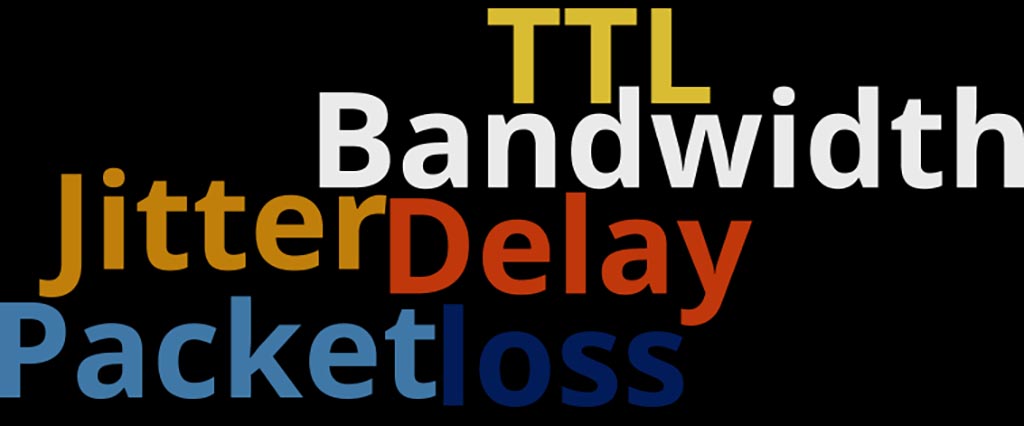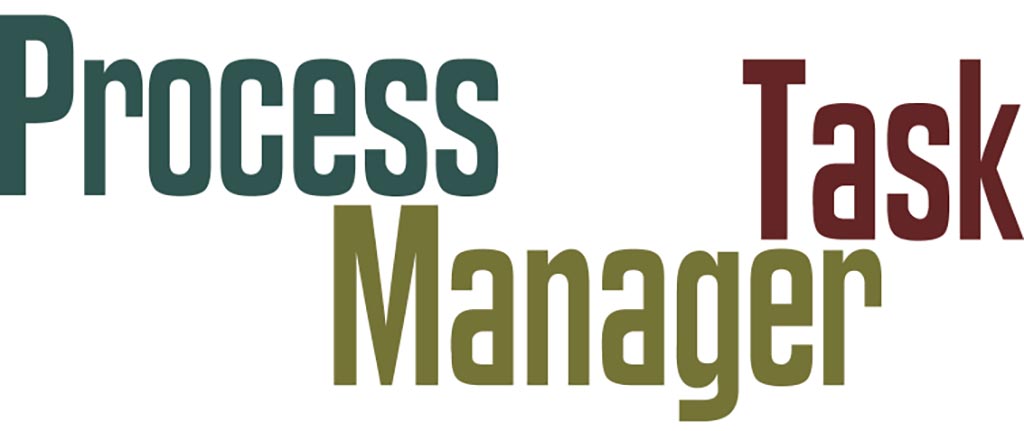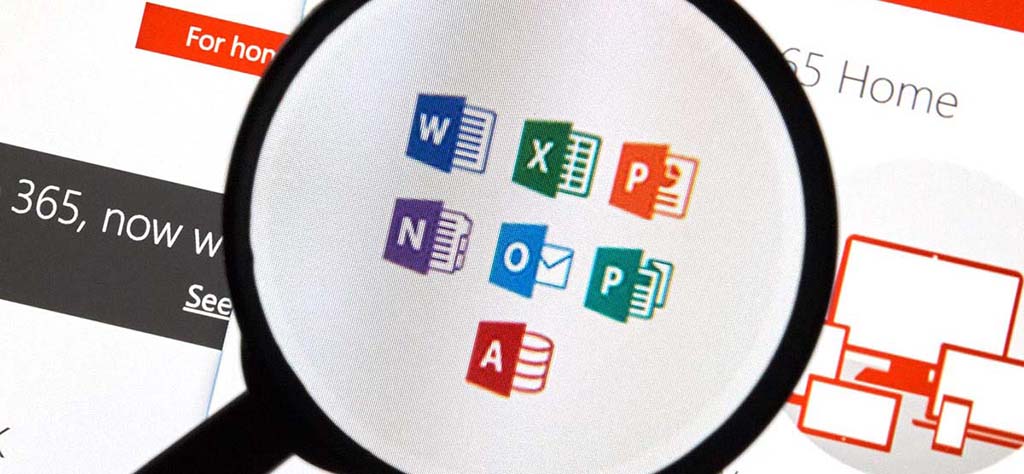Microsoft Azure is a cloud computing service created by Microsoft for building, testing, deploying, and managing applications and services through Microsoft-managed data centers. Of course, this platform isn’t limited to Windows OS and even we can run Linux virtual machines on Azure.
Microsoft Azure is an ever-expanding set of cloud services to help your organization meet your business challenges, and it provides three type of public cloud service:
- Software as a service (SaaS)
- Platform as a service (PaaS)
- Infrastructure as a service (IaaS)
In addition to these services, Microsoft Azure website provides hundreds of different services, including full virtual machines, databases, file storage, backups, and services for mobile and web apps.
Do not worry that this service may not be able to do some things, because for anything Azure doesn’t offer in an easy service, you can set up a Windows or Linux virtual machine that hosts whatever software you want to use. You could even host a Windows or Linux desktop in the cloud on a virtual machine and connect to it remotely.
Source: howtogeek.com and azure.microsoft.com and en.wikipedia.org
Microsoft Azure Services
Microsoft lists over 600 Azure services, include:
- IaaS: It is an instant computing infrastructure, provisioned and managed over the internet, and it allowing users to launch general-purpose Microsoft Windows and Linux virtual machines.
- PaaS: It is a complete development and deployment environment in the cloud, with resources that enable you to deliver cloud-enabled enterprise applications.
- SaaS: It is a cloud-based service where instead of downloading software to run and update, you instead access an application via an internet browser.
- Web Sites: It is a cloud computing based platform (a type of PaaS) for hosting websites, created and operated by Microsoft. Microsoft Azure Web Sites allows publishing Web apps running on multiple frameworks and written in different programming languages (.NET, node.js, PHP, Python and Java), including Microsoft proprietary ones and 3rd party ones
- Azure Active Directory: For synchronizing on-premises directories and enabling single sign-on.
- Azure Active Directory B2C: For using consumer identity and access management in the cloud.
- Azure Active Directory Domain Services: For joining Azure Virtual Machines to a domain without domain controllers.
- Azure information protection: For protecting sensitive information.
- Mobile Engagement: It collects real-time analytics that highlight users’ behavior.
- HockeyApp: This application can be used to develop, distribute, and beta-test mobile apps.
- Storage Services: This service provides REST and SDK APIs for storing and accessing data on the cloud.
- Table Service: This service lets programs store structured text in partitioned collections of entities that are accessed by partition key and primary key.
- Blob Service: This service allows programs to store unstructured text and binary data as blobs that can be accessed by an HTTP(S) path.
- Queue Service: This service lets programs communicate asynchronously by message using queues.
- File Service: This allows storing and access of data on the cloud using the REST APIs or the SMB protocol.
- Azure Data Explorer: For providing big data analytics and data-exploration capabilities.
- Azure Search: For providing text search and a subset of OData’s structured filters using REST or SDK APIs.
- Cosmos DB: It is a NoSQL database service.
- StorSimple: For managing storage tasks between on-premises devices and cloud storage.
- SQL Database: This Service works to create, scale and extend applications into the cloud using Microsoft SQL Server technology.
- Azure Synapse Analytics: This service is a fully managed cloud data warehouse for enterprises and it combines lightning-fast query performance with industry-leading data security.
- Azure Data Factory: It is a service for data integrating for creating data-driven workflows in the cloud for orchestrating and automating data movement and data transformation.
- Azure Data Lake: this service is a scalable data storage and analytic service for big data analytics workloads that require developers to run massively parallel queries.
- Azure Stream Analytics: This service is a Serverless scalable event processing engine that enables users to develop and run real-time analytics on multiple streams of data from sources such as devices, sensors, web sites, social media, and other applications.
- Azure IoT Hub: A service for connecting, monitoring, and managing billions of IoT assets.
- Azure IoT Edge: This service is a fully managed service built on IoT Hub that allows for cloud intelligence deployed locally on IoT edge devices.
- Azure IoT Central: A service for connecting, monitoring, and managing IoT assets at scale.
- Open Enclave SDK: A service for cross-platform systems such as ARM TrustZone and Intel SGX.
- Microsoft Azure Machine Learning (Azure ML): This service is part of Cortana Intelligence Suite that enables predictive analytics and interaction with data using natural language and speech through Cortana.
- Cognitive Services (formerly Project Oxford): These services are a set of APIs, SDKs and services available to developers for face recognition and verification, celebrity recognition, computer vision, visual feature tagging, and clipart recognition.
- Machine Learning: With Azure empowers we can quickly and easily build, train, and deploy machine learning models using Azure Machine Learning, Azure Databricks and ONNX and also we can managing our ML models across the cloud and the edge.
- Knowledge mining: Uncover latent insights from all your content (documents, images, and media) with Azure Cognitive Search.
- Keep remote and branch offices running smoothly: Move your backup storage to the cloud to save on infrastructure investments for remote and branch offices. Azure can maintaining enterprise-grade security for data in transit and at rest.
- Deploy and manage compute instances that are enabled with TEEs: With this capability, VMs allow you to run and build applications that protect your code and data while it’s in use.
Source: en.wikipedia.org
How to Provide Azure Services?
The cost of using Microsoft Azure services is a function of the type and number of services you intend to use and based on the services you choose, the final cost of services is calculated.
Microsoft has announced that new users receive a $200 service credit good for 30 days when signing up for Microsoft Azure; the credit can be applied toward any Microsoft-provided service. Additional discounts and credits are available for startups, nonprofits, and universities.
———————————
Sources:










